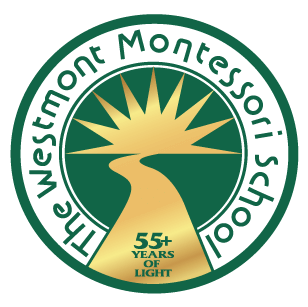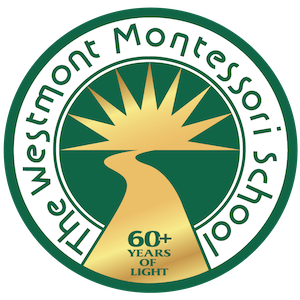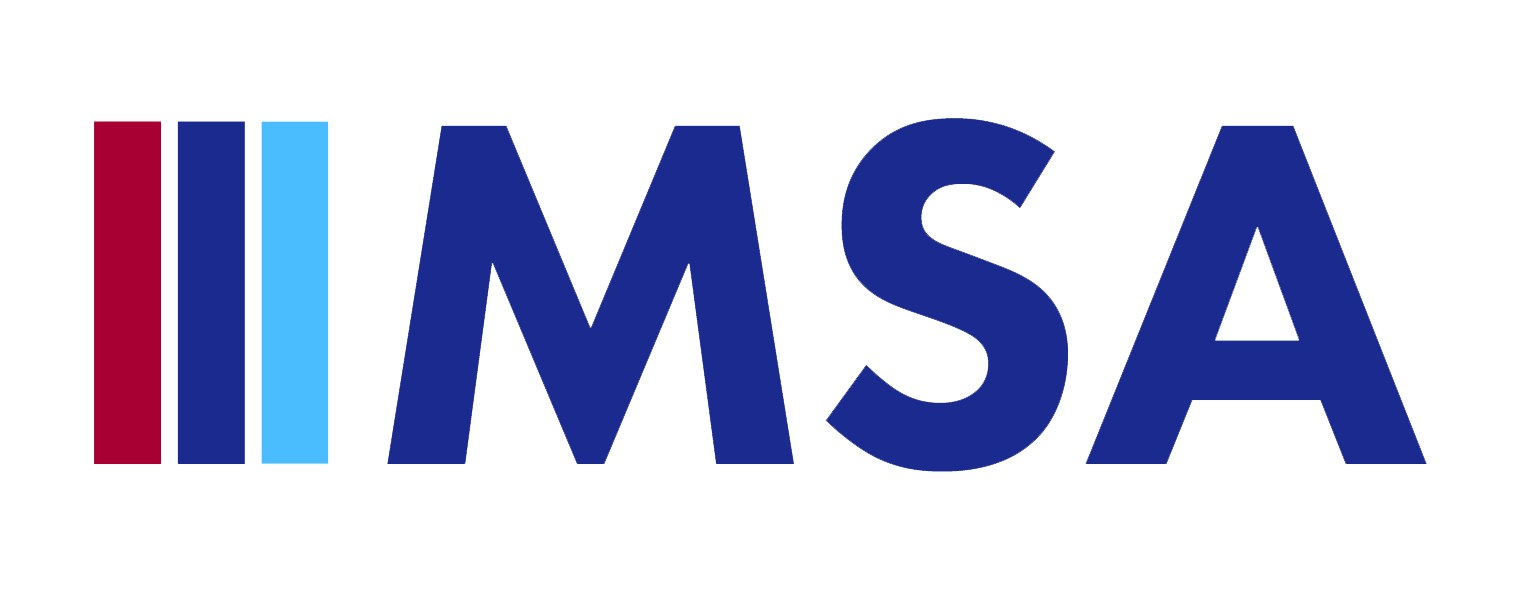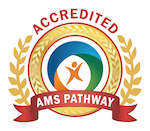By: Melanie Thiesse
What do stacking blocks and doing puzzles have to do with algebra and reading? There is a growing amount of research linking early exposure and understanding of spatial reasoning with future success in those subjects. Children who can manipulate objects, match patterns and sort objects develop the spatial and reasoning skills necessary to later tackle more academic tasks.
This concept was one that Dr. Maria Montessori saw to be true decades ago. She noticed that not only were preschool aged children interested in exploring shapes and discriminating objects by their size, color, similarities, and differences but that the earlier they were exposed to these hands-on activities, the easier it became for them to extrapolate the rules of mathematics and language.
She also designed many materials as geometric representations of mathematical concepts, providing visual and tactile reinforcements of some of the most abstract concepts. (Math Works, Michael Duffy)
Some of the activities developed by Maria Montessori to improve spatial reasoning in children include:
The Pink Tower and Brown Stair
The Pink Tower and Brown Stair are each sets of 10 blocks that change in size and weight incrementally. As children stack or sort them they must use their discrimination skills to correctly order them.
The Knobless Cylinders
These cylinders (each in sets of 10 again) change in height, width, or a combination of height and width, requiring a detailed eye to arrange or match them.
Binomial Cube
The Binomial Cube is a puzzle that requires attention to detail of height, width, length, and color to put together. The cube itself also represents the algebraic representation of (a+b)3 = a3+3a2b+3ab2+b3, a concept not introduced until the elementary years.
Geometric Solids
The Geometric Solids provide an opportunity for children to explore different three-dimensional objects to discover the differences and similarities between such shapes as a triangle-based prism and a rectangular-based prism.
